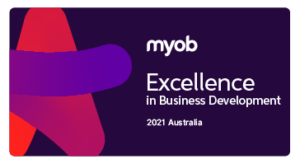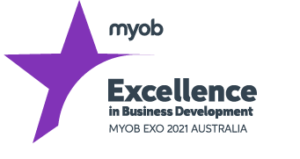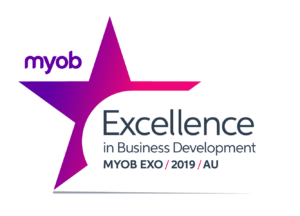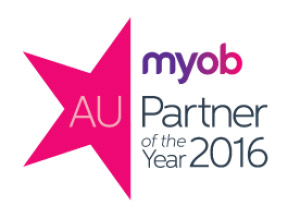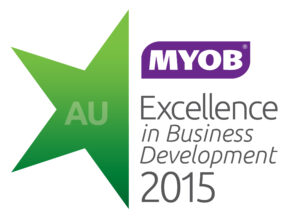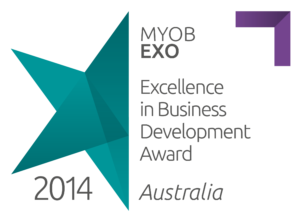Challenges of Recruiting in a Growing Business – Part 3
Performance Appraisal and Performance ManagementThis is article 3 in a series of 3 about the Challenges of Recruiting in a Growing Business. This article discusses “Performance Appraisal and Performance Management”. Article 1 explored “How to appoint the best talent to work for your company”, Article 2 covers “The First Day”.
You have selected and appointed a new team member, and they have made it through the first day and begun to settle into their role. Now the next step is to verify that they are getting the support they need to perform adequately. This is commonly achieved through performance evaluation, appraisal, and management processes.
The value of Key Performance Indicators
Key Performance Indicators (KPIs) are quantifiable metrics that help measure performance and progress towards specific goals. By quantifying progress, identifying bottlenecks, and encouraging continuous improvement, they instil a sense of direction and purpose for your team.
In the context of your new hires, you should detail the KPIs that will be used to assess performance in the job description. This makes them easily identifiable from the very beginning. KPIs form the basis of performance reviews as there is an objective target to be met.
In terms of performance and remuneration there are two schools of thought. The first approach is to separate out performance reviews from remuneration reviews. This is beneficial when you want to give honest feedback to the employee about their performance, without this being linked to an expectation of a salary increase. The second approach is to combine the performance review and the remuneration review. This is often done where good performance is automatically linked to an increase in remuneration.
Performance Review
The performance review is aimed at identifying differences in perception between the employee and their team leader or reviewer. For example, an employee may think they are doing a great job, but the team leader feels they have the potential to improve. These differences often lead to conflict.
Use the performance review as an opportunity to have a dialogue about current performance as well as aspirations. You should try to nurture every key member to play to their strengths. While the focus should largely be on Key Performance Indicators (KPI’s), a review should also deal with more subjective indicators. Using an online cloud-based survey tool like Microsoft Forms or SurveyMonkey will allow you to create “branches” or workflows to your performance review. For example, employees that have been with the company for longer, are asked different questions to new starters. Filling out this survey ahead of a performance review lets the team member get all their thoughts down in a stress-free environment, without having to think of ideas during the review meeting.
Questions to consider in a performance review
A good initial question to ask the employee is “are there any aspects of your role that you do not understand?”. This opens the immediate opportunity to discuss areas of the role that can hold back performance which frames the rest of the performance review. Other questions could focus on whether they believe they have the acquired skills and knowledge to perform their role well. This leads into a discussion about personal development and learning. Employees can also be asked what contribution they make to the organisation as a whole.
When asking more objective questions related to KPI’s, it is a good idea to compare the reviewers rating with that of the employee. For example, you may ask the employee how they rate the quality of their work on a scale of 0-10. The employee may give themselves a 10 for accuracy and a 10 for thoroughness. Whereas the reviewer may be giving a score of 5 and 4. The discussion would then centre around the reasons for these large differences in perceptions.
If the employee has a measurable target, for example, sales dollars or billable hours, the conversation would be around the actual metrics. A salesperson that is required to sell 20,000 dollars of goods per month and has only sold 10,000 would need to explain why their performance is lacking.
In the example above, any review should always be done in a positive light. The reviewer or team leader should be asking what they and the company could do to support an improvement in the team member’s performance.
The employee should also be asked to self-nominate areas where they feel they could improve. This will identify key factors that inhibit the capacity to play to their strengths. This can be rounded off with a discussion about what the company could do to assist the employee to achieve excellence. Finally, ask the employee to rate their satisfaction on a scale of extremely satisfied to dissatisfied.
Wrapping up the Performance Review
At the end of their review session, it is a good idea to write down an agreement with the employee on what they will be doing. Their team leader should also note this to address any issues that are raised.
If your performance review is linked to a remuneration review, the discussion now becomes one about a standard CPI increase (Consumer Price Index) or increased remuneration for good performance or increased remuneration for additional responsibility or productivity. Employees should understand that salary increases are not a given and that to make the company books balance, for every salary increase given, there must be a commensurate increase in productivity.
Some larger companies do like to ask employees to give feedback on their managers or team leaders. Be aware that this is a very political question and very few employees give honest feedback for fear of a knock-on effect.
At the end of the review, pose an open-ended question that allows the employee to make any comments that they feel are relevant. Set the date for the next review and conclude the session by thanking the employee for their good work over the past period.
Where to next?
You have appointed the best team member from your field of candidates, they have settled into the team and are performing well. The next step varies depending on your company strategy. Do you need to continue growing your team, maybe in a different area of expertise or different market? Are you focusing on clever technology solutions to improve efficiency?
MYOB Acumatica (formerly MYOB Advanced) platform supports your organisation
The MYOB Acumatica (formerly MYOB Advanced) platform has a range of solutions to improve efficiency for your business.
- MYOB Acumatica (formerly MYOB Advanced) Business is a powerful cloud-based ERP platform that lets you manage all areas of your business from one place. It can be the key to improving efficiency through automation, integration, and connected business processes.
- MYOB Acumatica (formerly MYOB Advanced) Payroll is a cloud-based payroll suite that integrates with MYOB Acumatica (formerly MYOB Advanced) Business. It has the flexibility and functionality you need to pay your team correctly and on time. It has an automated onboarding workflow included as part of its Employee Self-Service module that takes the manual work out of the hiring process.
- MYOB Acumatica (formerly MYOB Advanced) Workforce Management is an add-on module of MYOB Acumatica (formerly MYOB Advanced) Payroll with greater depth of functionality to help manage your team. Automated onboarding, smart rostering, leave management, and timesheets (with built-in approval pathways) integrate directly into payroll to streamline your pay runs and ensure all information is correct.
For more information on any of the MYOB Acumatica (formerly MYOB Advanced) platform solutions, talk to our team. Email sales@kilimanjaro-consulting.com or call 1300 857 464 (AU) or 0800 436 774 (NZ) for more information about how these clever technology solutions can improve efficiency for your organisation.
This was the final article in our series on the Challenges of Recruiting in a Growing Business. If you would like to revisit Article 1 it discusses “How to appoint the best talent to work for your company”. Article 2 explored “The First Day”.
Talk to our expert team about strategies to improve efficiency in your organisation. From hiring to onboarding and business management, our friendly consultants can guide you up the technology mountains with clever technology solutions. Email sales@kilimanjaro-consulting.com or call 1300 857 464 (AU) or 0800 436 774 (NZ).











